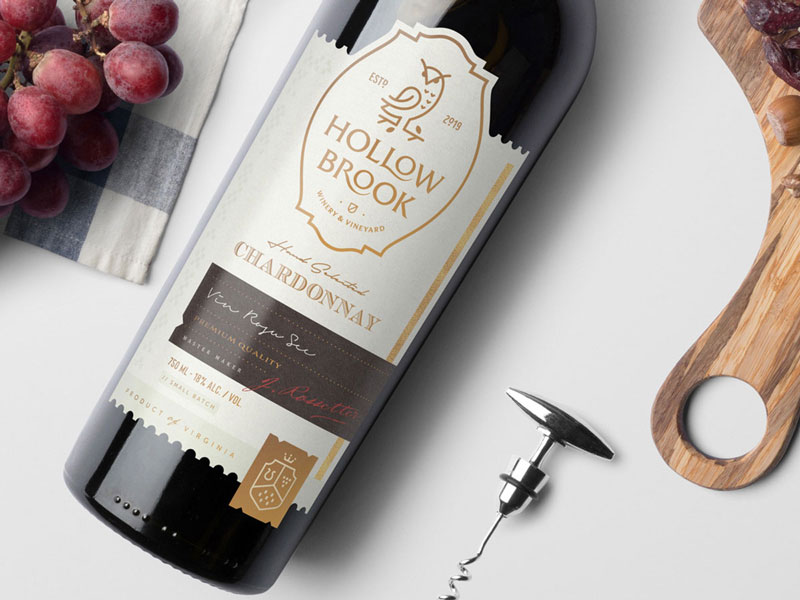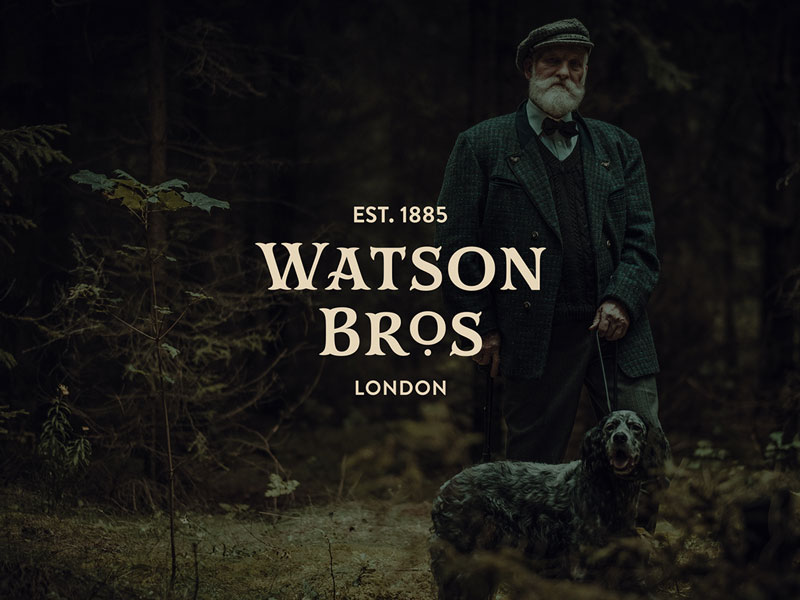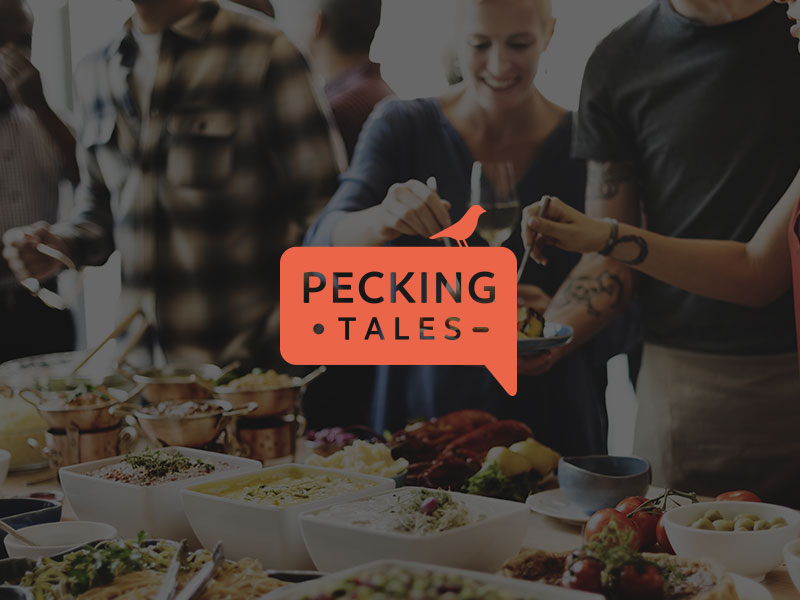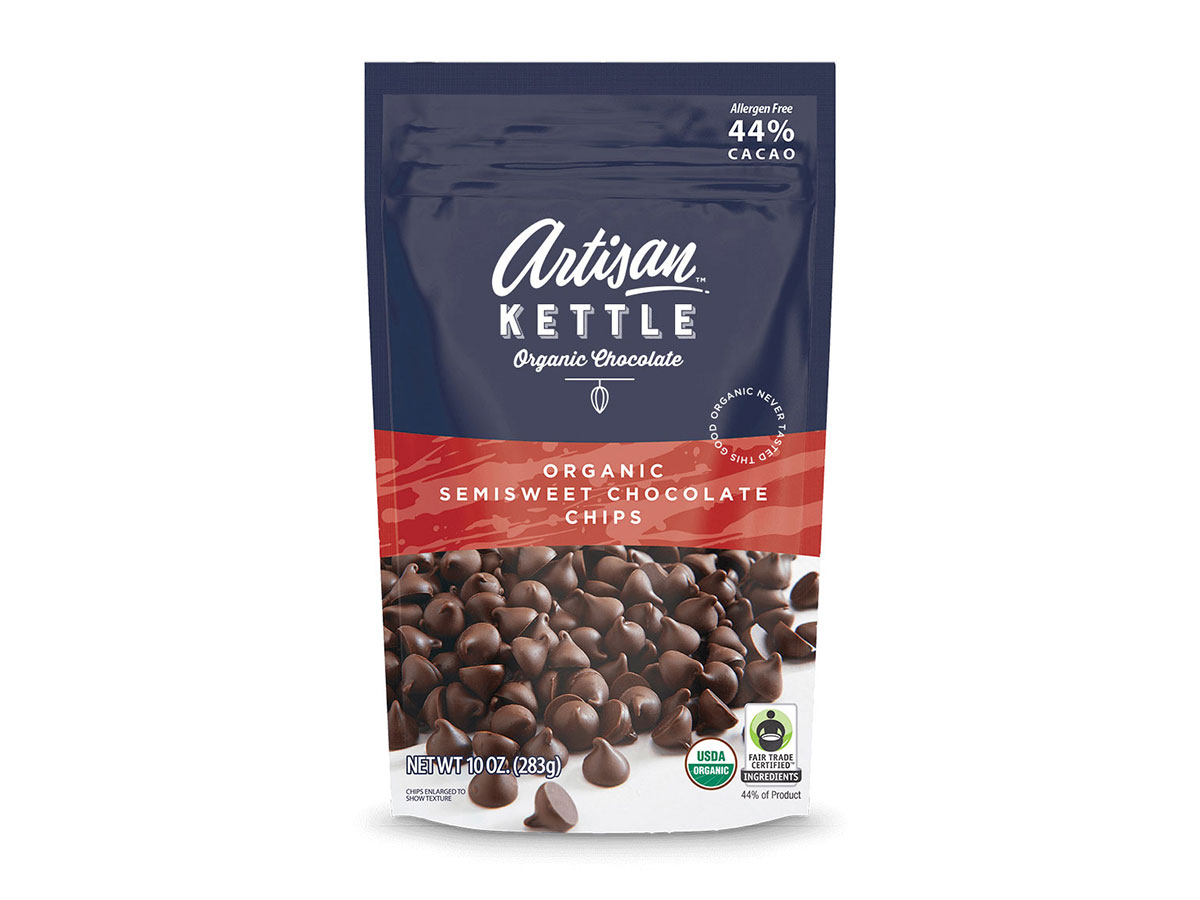Jan 13, 2026
Strategic Branding Agency & Identity Design Firm
Logo design, brand identity systems, naming, messaging, strategy, and marketing. Transparent pricing with instant purchase. 2000+ brands transformed since 1998.
25+
Years of Expertise
2000+
Brands Created
50+
Countries Served
98%
Client Satisfaction
Portfolio
Brands We've Brought to Life
Real clients. Real results. See how we've helped businesses transform their brand presence.

Premium Wine Label Branding

Rebranding A 135 Year Old Gunmaker Brand

Fast Food Restaurant Branding & Website

Jeddah Luxury Apartment Branding & Website

Maldives Resort Brand Development

Crafted Elegance: The Artisan Kettle Brand Evolution
Strategic Brand Services
Our Branding Services
Complete branding solutions from strategy to execution. Transparent pricing, instant purchase, immediate start.
Brand Strategy
Starting from
$1,800
Discover your unique market position and build a brand that stands out from competitors.
View Packages & PricingBrand Identity System
Starting from
$1,200
Build a brand that looks as professional as you are with complete visual identity systems.
View Packages & PricingBrand Naming
Starting from
$1,400
Create a name that opens doors and resonates with your ideal customers.
View Packages & PricingBrand Messaging
Starting from
$2,500
Turn your story into sales with compelling messaging that drives action.
View Packages & PricingLogo Design
Starting from
$1,200
Memorable, scalable logos that capture your brand essence and stand the test of time.
View Packages & PricingWebsite Design
Starting from
$2,800
Turn your website into a sales machine with high-converting brand experiences.
View Packages & PricingBrand Marketing
Starting from
$3,500
Build a brand that markets itself with integrated campaigns that accelerate growth.
View Packages & PricingStrategic Process
From Confused to Market Leader
Our proven 4-step process transforms confused companies into strategic market leaders through brand development.
Brand Audit
We analyze your current brand position, identify gaps, and uncover what makes you unique in the market.
Strategy Development
We develop a comprehensive brand strategy that positions you for competitive advantage and market leadership.
Brand Creation
Our award-winning team creates strategic brand assets that bring your positioning to life and drive business results.
Implementation
We deliver complete brand systems with guidelines and training to ensure consistent execution across all touchpoints.
Why Spellbrand
The Agency Difference
With decades of experience and thousands of successful projects, we know what it takes to build brands that last.
Strategic Brand Development
We don't just design logos—we architect complete brand strategies that drive business growth and market positioning.
25+ Years of Market Leadership
Since 1999, we've helped 2000+ businesses transform from confused companies into market leaders.
Business-Focused Results
Every brand decision is backed by strategy and focused on measurable business outcomes, not just aesthetics.
Competitive Advantage
We build brands that stand out in crowded markets and command premium pricing through strategic positioning.
Complete Brand Systems
From strategy to implementation, we provide everything you need to build a powerful, cohesive brand presence.
Proven Track Record
98% client satisfaction with brands that consistently outperform competitors and drive business growth.
Client Love
What Our Clients Say
Don't just take our word for it. Hear from businesses we've helped transform.
Hugo Santos
Web Fusion, Sao Paulo
"This is my first project with SpellBrand and these guys definitely did exceeded my expectations, thank you. Very professional work and results. It’s worths it. Truly recommended."
John John Nadhipite
JJ Tech
"This company did a great job in my life! You guys Help me a lot too! I got my company brand name and it's awesome! I succeeded because of you guys! Helping people to build up the company is a great job. Keep it up, guys."
Steve Turner
Turn2Coaching
"Delighted to have used Spellbrand for our last project. The work was thorough and results excellent. For me it was such a pleasure to work with Mash who was able to keep up with all my last minute requests for small changes. Nothing was too much of a problem and I would have to say that its great to work with people who do actually put the customer needs first! One thing saying it, its another thing doing it – Thanks Mash!"
Mohogany Phillips
Mohogany
"The team at Spellbrand did an excellent job on my logo design. I am very thankful to the Creative Director – Mash was very patient, thorough and provided regular updates including informative feedback with changes and revisions. I am indeed satisfied."
Linjie Chou
Poseidon International University
"Amazing designs, five star quality service, the best I have encountered!! I particularly loved the online studio floor system and the way we can interact with the team."
Soumya Rao Jupally
Levonor
"We are glad to have chosen Spellbrand as our branding partner. They have done an amazing job in zeroing down on the brand name and logo design for our different verticals like F&B and Real Estate. Although it was offshore, the process was smooth and prompt and communication was hassle-free. They have also helped us with the digital marketing of our Real Estate venture launch. Thanks to Mash and his team for all the efforts."
Insights
Latest From Our Blog
Expert insights on branding, design, and business growth strategies.

Dec 8, 2025
How to Write Powerful Brand Positioning Statement:...
Learn how to craft a compelling brand positioning statement that clarifies your market position, guides your marketing decisions, and helps your team stay...
Read Article
Nov 25, 2025
Coping with Branding Failure: How to Recover Rebuild Your...
Brand failure happens to even the most successful companies. Discover expert strategies and insights to help your business succeed.
Read ArticleReady to Build a Brand That Stands Out?
Browse our service packages and choose the perfect fit for your business. Transparent pricing, instant purchase, and immediate project start.
Free consultation • Fast response • No obligation
